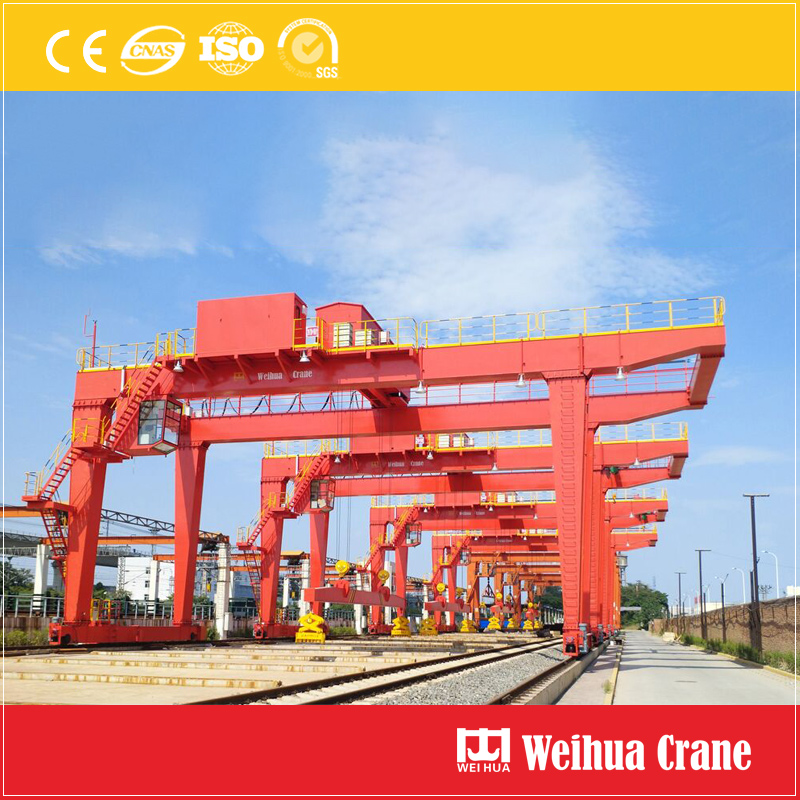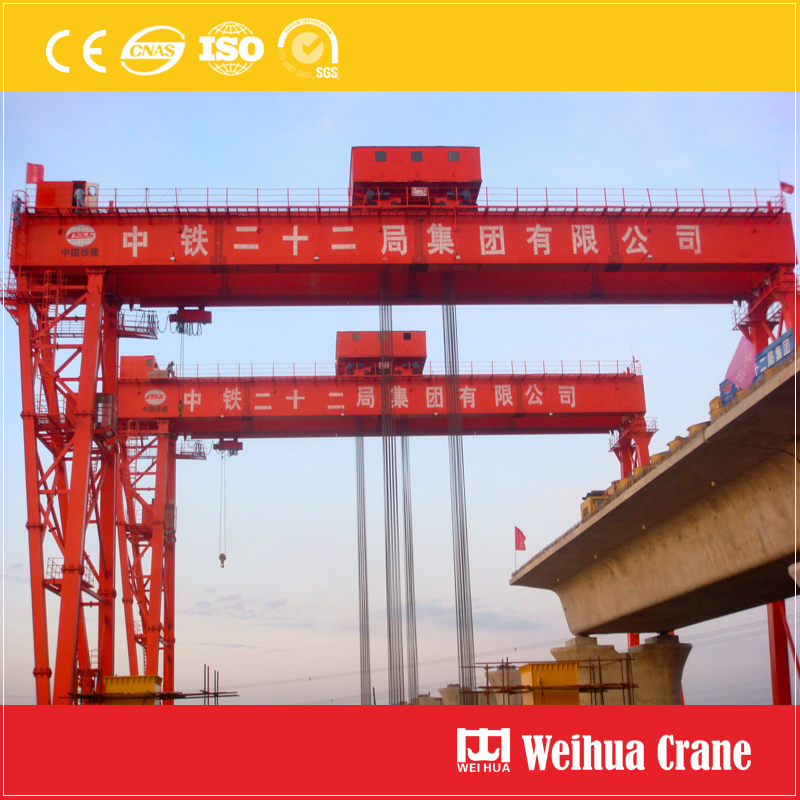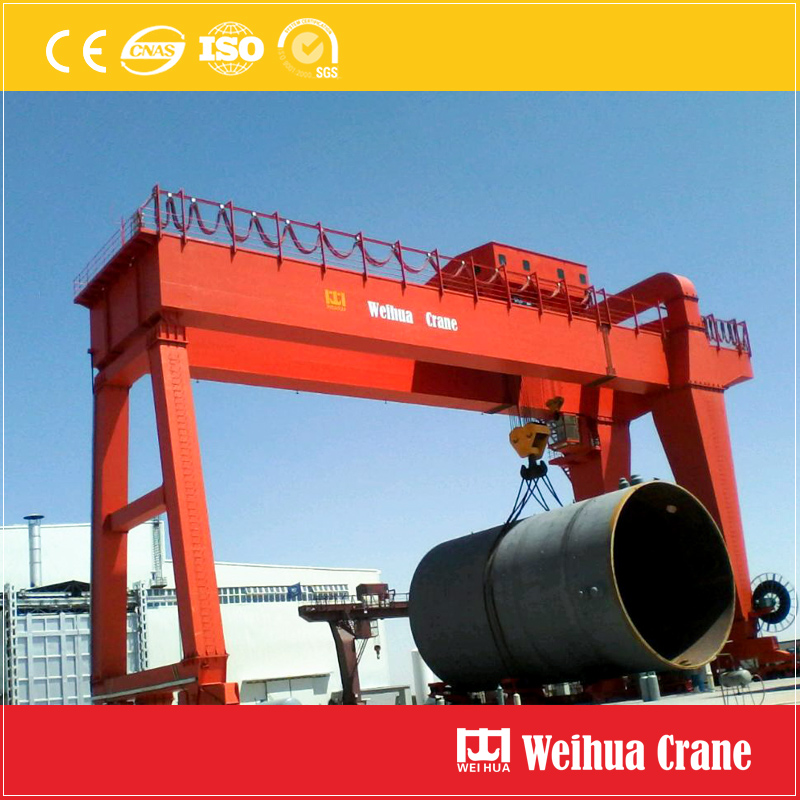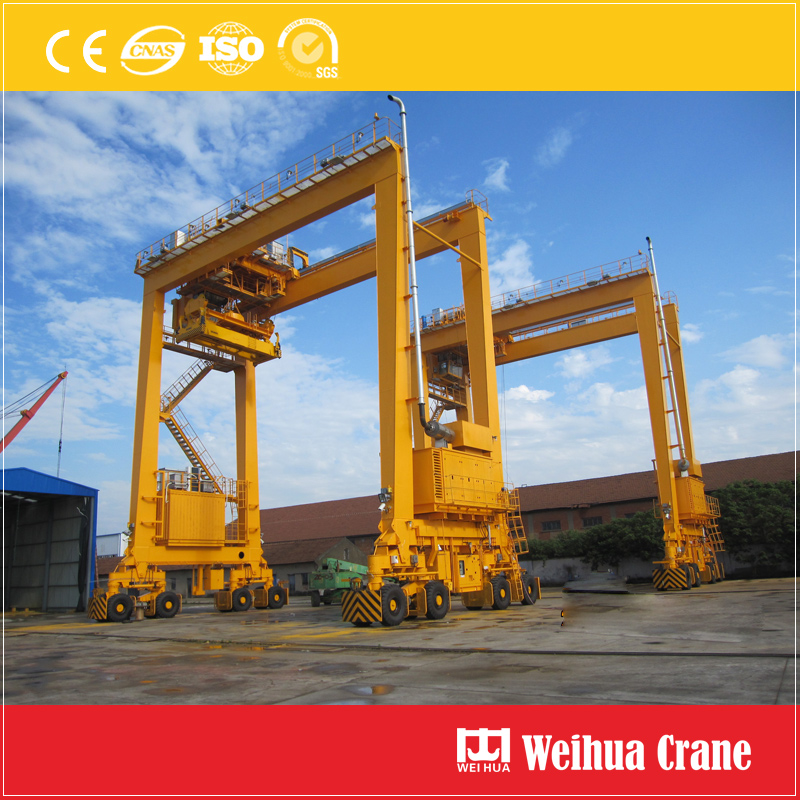The chemical precipitation method is also one of the methods for separation and purification. It is a process in which the target component (ion) in the solution is selectively precipitated as a poorly soluble compound by the action of a precipitating agent. When the precipitated component is an impurity ion and the useful component remains in the solution, it is generally referred to as purification, and conversely, it is called a process of preparing a poorly soluble compound. If the poorly soluble compound is the final product, it is called a chemical concentrate or a separate product. The precipitates are usually various salts, poorly soluble sulfides and poorly soluble hydroxides. According to the mechanism of the chemical precipitation method, it can be divided into two categories: (1) hydrolysis step hydrolysis step is one of various conventional methods of metal ions in the leaching solution separated. When the acid immersion liquid is neutralized with a base or diluted with water, the metal cation therein is precipitated as a hydroxide or a base or a salt. The process of precipitation of a metal as a hydroxide is also called hydrolysis, and its reaction formula is: The formation of pure hydroxide precipitates is only an ideal situation and can only be achieved when the metal and acid radical concentrations are low. The actual leachate cannot satisfy this condition, so the metal salt precipitates at the same time as the hydroxide precipitate is formed, that is, the so-called basic salt precipitate. Since some metal ions in the leachate are often in a low-cost form, they cannot be separated from the host metal by a simple hydrolysis method. For example, the copper leaching solution from iron ore, to be first oxidized to Fe2 + to Fe3 + the iron is removed by hydrolysis. Therefore, the oxidative hydrolysis purification method is commonly used in practice. The low-priced impurities are first oxidized to a high-valent form, and then neutralized by a neutralizing agent. (2) Insoluble salt precipitation method In the chemical treatment process of mineral raw materials, various precipitants are often used to form certain insoluble compounds with certain metal ions in the solution to separate impurities and extract useful components. Commonly used precipitating agents include sulfides, chlorides, carbonates, phosphates, sulfonates, oxalates, and they are using the difference in solubility product of each compound component separation purposes. Since most metal sulfides are insoluble salts, that is, the solubility is very small, the solubility of different metal sulfides is different; the sulfide precipitation method is to use sodium sulfide or hydrogen sulfide as a metal precipitant, and the metal can be realized by controlling the sedimentation conditions. Separation. In addition to sulfide precipitation, insoluble nature of certain metals may also be utilized phosphates, arsenates, carbonate, oxalate, chloride, uranyl formate, tungstate, molybdate and other components is Separation. For example, the ion-adsorbed rare earth ore is usually leached with 5% to 7% of saline or 1.5% to 2.5% of (NH4)2 SO4 solution, and the rare earth is transferred into the solution, and after washing and washing, the mixed rare earth oxide is obtained by burning. . In addition to the addition of a precipitant to precipitate some of the poorly soluble compounds, it is also possible to precipitate some of the components in the form of insoluble compounds by means of concentrated crystallization or salting out, such as crystallization in an alkali leaching solution of tungsten mineral raw materials. Crystallization of sodium tungstate and the like are precipitated.
Gantry Crane can be a Single Girder Gantry Crane, Double Girder Gantry Crane, RTG crane or project gantry cranes with capacity 1t - 900t. Gantry cranes are usually employed to handle project materials, bulk material, containers, etc at outdoor working site, container yard, shipbuilding yard, bulking material site, road construction site, etc.
Features of Gantry Crane:
1. Box type girder, weld structure, large working space, and convenient installation and maintenance;
3. Components is of standardization, seriation and generalization;
4. Power supply can be from cable reel (left and right) and conductor bar( left and right);
5. Broad view of cab, equipped the internal linkage control console, flexible and comfortable operation, install of fan, heater, cooler, air-conditions and intercom according to the customers' requirements;
6. Customized lift height, span, power supply, operation (pendant, cabin) and gantry crane structure (girder, supporting legs, cantilever).
Main Data of Gantry Crane:
Capacity: 1t - 900t or custom
Lift Height: 6m - 40m or custom
Span: 6m - 70m or custom
Work Duty: A4, A5, A6,A7or custom
Weihua provide professional gantry crane solutions, customized cranes, Crane Components, installation, after sale service. Weihua products export to 110 countries such as Russia, Thailand, Malaysia, Egypt, Saudi Arabia, Parkistan, the Philippines, Mexico, etc. Our success comes from customers' success. Welcome to visit Weihua.
Goliath Crane,Gantry Crane,Rubber Tyred Gantry Crane,Light Gantry Crane Henan Weihua Heavy Machinery Co., Ltd. , https://www.weihuacranefactory.com![]()




